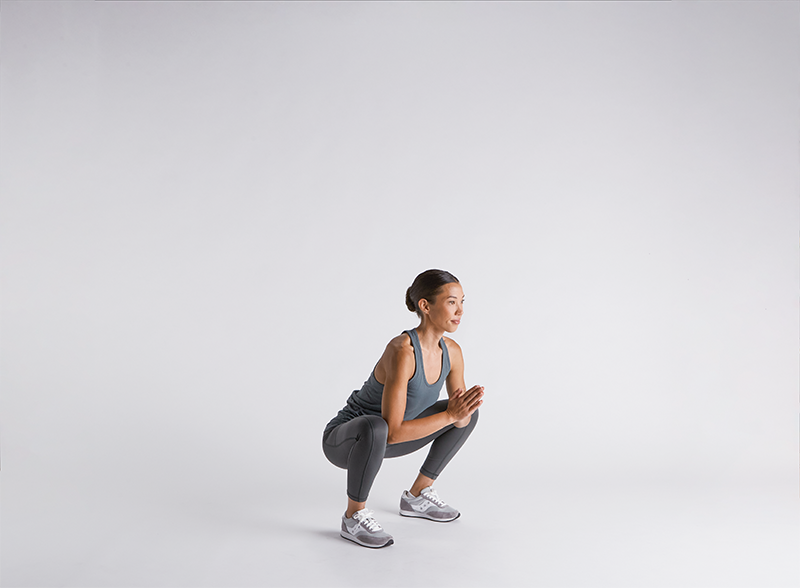Deep squats: 6 benefits and how to do them
Wondering what deep squats are good for? Discover the key benefits of deep squats and learn how to do them with physical therapists' tips.
0 $ pour vous
Dernière mise à jour : Mar 28, 2025
Table des matières
Deep Squats
Deep Squats
Deep Squats
Deep Squats
Stretching exercises for deep squats
Want expert care? Check if you're covered for our free program →- Ankle Mobilization Stretch
- Seated Knee to Chest Stretch
